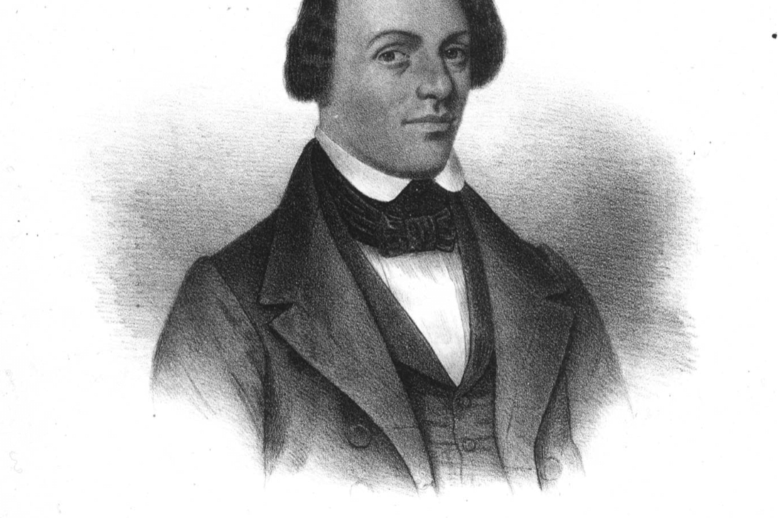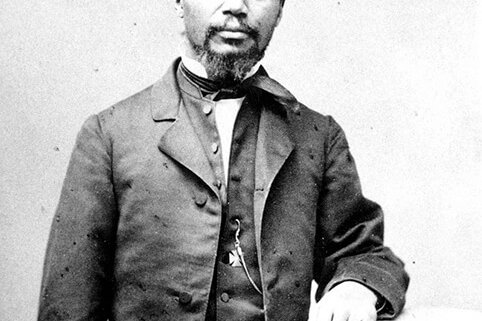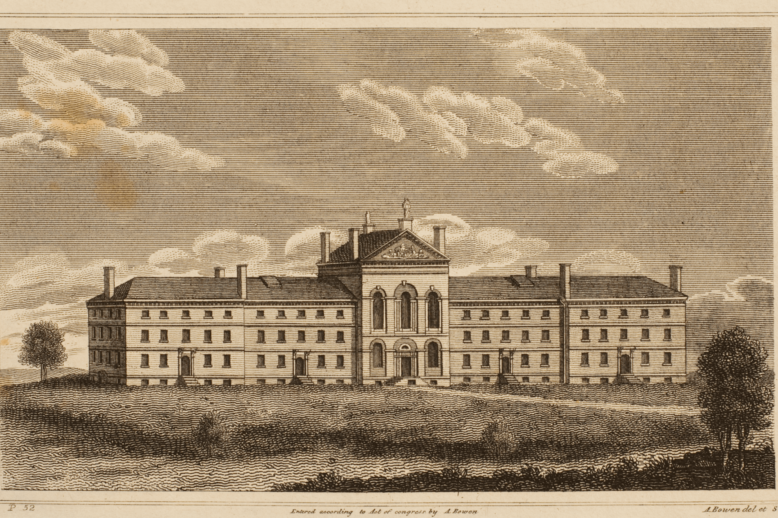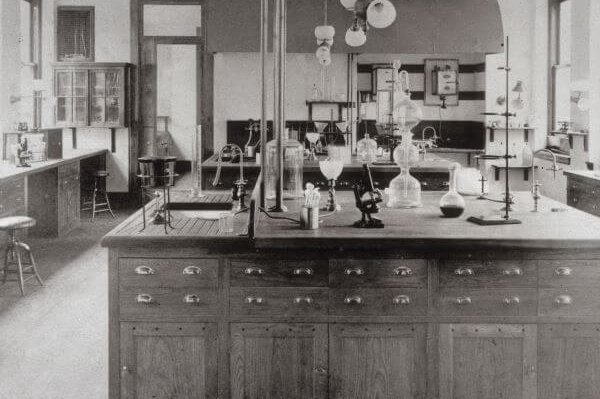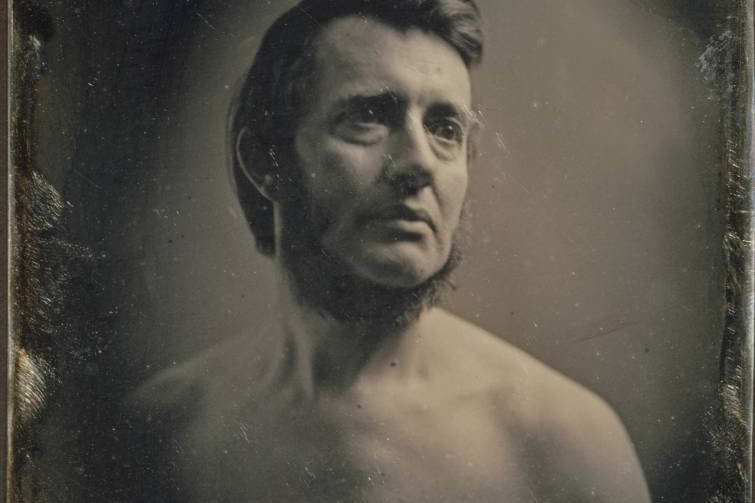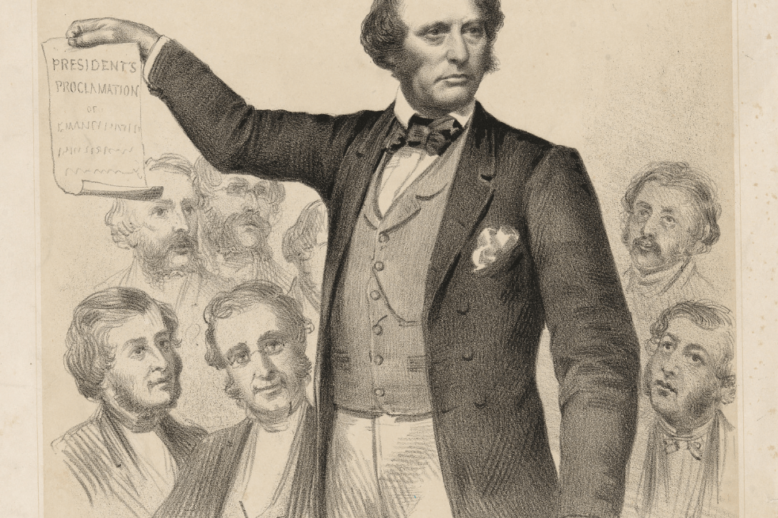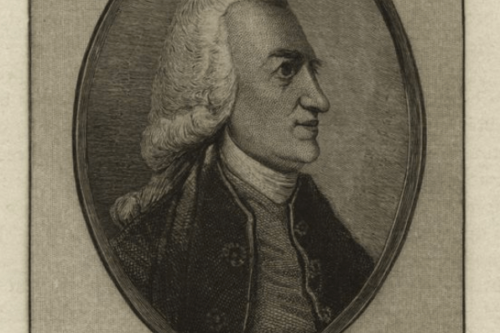Freedom Seekers at the Leverett Street Jail: Polly Ann Bates, Eliza Small, and George Latimer
The Leverett Street Jail in Boston’s West End held several freedom seekers whose cases tested the U.S.’s Fugitive Slave Law of 1793, including the cases of Eliza Small and Polly Ann Bates (1836), and George Latimer (1842).


